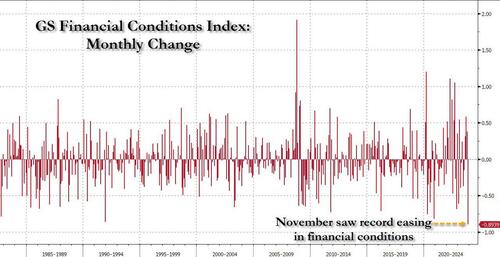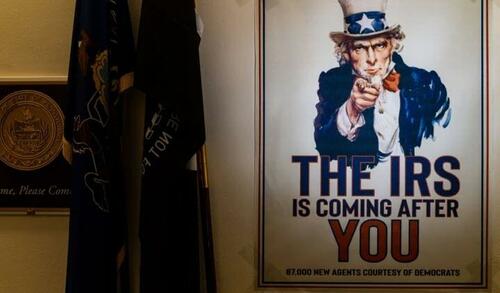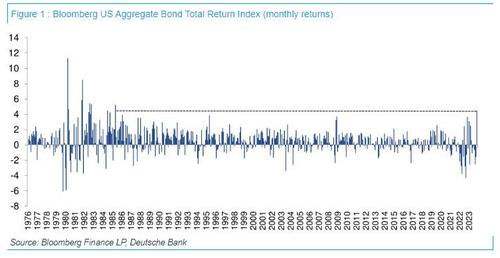Politics Is Never Having To Say You’re Sorry: Mayorkas Refuses To Apologize To Del Rio Agents
Over two years later, Homeland Security Secretary Alejandro Mayorkas finally held a private meeting with the Border Patrol agents that he threw under the bus after they were falsely accused of whipping Haitain migrants near Del Rio, Texas.
There was reportedly no apology from Mayorkas.
We have discussed how Mayorkas was warned that the allegations were false, but still denounced them.
Mayorkas failed to protect the agents even after the President promised that they would be punished before any investigation. Mayorkas joined the chorus of critics in condemning the agents as an example of “systemic racism” in the government.
The media went into a frenzy despite a videotape showing that the story was clearly false.
A photographer captured the scene, which showed agents using bridle reins to guide their skittish horses. The entire videotape clearly shows the agents using the reins on their mounts, not on the migrants. Not only did the photographer quickly deny seeing any officers whip migrants, the videotape clearly refuted that allegation. However, for many in politics and the media it did not matter because it played into a racial-justice claim of the “whipping (of) Haitian asylum seekers.”
-
House Speaker Nancy Pelosi (D-Calif.) condemned “the inappropriate use of what appear to be whips by Border Patrol officers on horseback to intimidate migrants.”
-
Senate Majority Leader Chuck Schumer (D-N.Y.) decried “images of inhumane treatment of Haitian migrants by Border Patrol — including the use of whips.”
-
Vice President Kamala Harris emoted on “The View” about how the brutality “invoked images of some of the worst moments of our history, where that kind of behavior has been used against the Indigenous people of our country, it has been used against African Americans during times of slavery.”
-
Reps. Maxine Waters (D-Calif.) and Ayanna Pressley (D-Mass.) described the incident as “worse than what we witnessed in slavery” and “white supremacist behavior.”
President Biden rushed to express his own revulsion and rage, too:
“It was horrible what — to see, as you saw — to see people treated like they did: horses nearly running them over and people being strapped. It’s outrageous. I promise you, those people will pay.”
At the time, some of us objected that the president had, once again, declared the guilt of accused persons without evidence or investigation. The possible innocence of these officers simply did not matter to the president or to many in the press.
Now, with the passage of time, some of us had hoped that Mayorkas would apologize to the agents even if President Biden has refused to do so.
He didn’t.
The agents after all were just props used by the media and politicians.
They do not have families or careers that need to be considered.
They whipped migrants on the water’s edge because the media and politicians needed them to be whipping migrants.
Yet, Mayorkas wanted to convey his love for the agents in finally meeting with the men that he previously portrayed as Bull Connor’s on horseback.
Fortunately, the global staff of investigative reporters at Res Ipsa was able to find a video of the Secretary meeting with the agents:
Tyler Durden
Fri, 12/01/2023 – 14:15
via ZeroHedge News https://ift.tt/g6zdTBO Tyler Durden


















